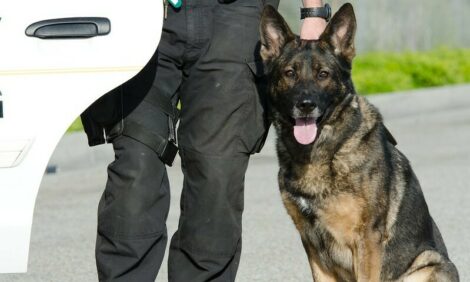



Moving Market Pigs with Less Stress
US - Dr Matt Ritter (Elanco Animal Health) and Dr Nick Berry (Cargill, Inc.) have studied the effects of moving market weight pigs in different group sizes during loading on stress responses and transport losses at the packing plant for Pork Information Gateway.Dead and non-ambulatory pigs at the packing plant represent animal welfare and economic concerns to the US swine industry. Furthermore, non-ambulatory livestock are the subject of increased rules and regulations. Therefore, it is essential to identify pre-disposing factors for transport losses in market weight pigs and to develop management strategies to reduce these losses under current US commercial conditions.

A collaborative research project was recently conducted by Cargill, Inc. and Elanco Animal Health to evaluate the effects of moving market weight pigs (approximately 265 lbs) in two different group sizes (groups of four versus groups of eight) through a 30-inch wide aisle during loading on loading time, physical signs of stress (during loading and unloading) and transport losses at the plant.
The key findings from this study were that pigs moved in groups of four compared to groups of eight during loading:
- required less time to load
- had lower rates open-mouth breathing and skin discoloration during loading and unloading and
- had lower percentages of dead and non-ambulatory pigs at the plant.
These data confirm that group size during loading has a major impact on transport losses at the plant. Additional research is necessary to determine the optimal group size for moving pigs of all ages through various aisle widths.








